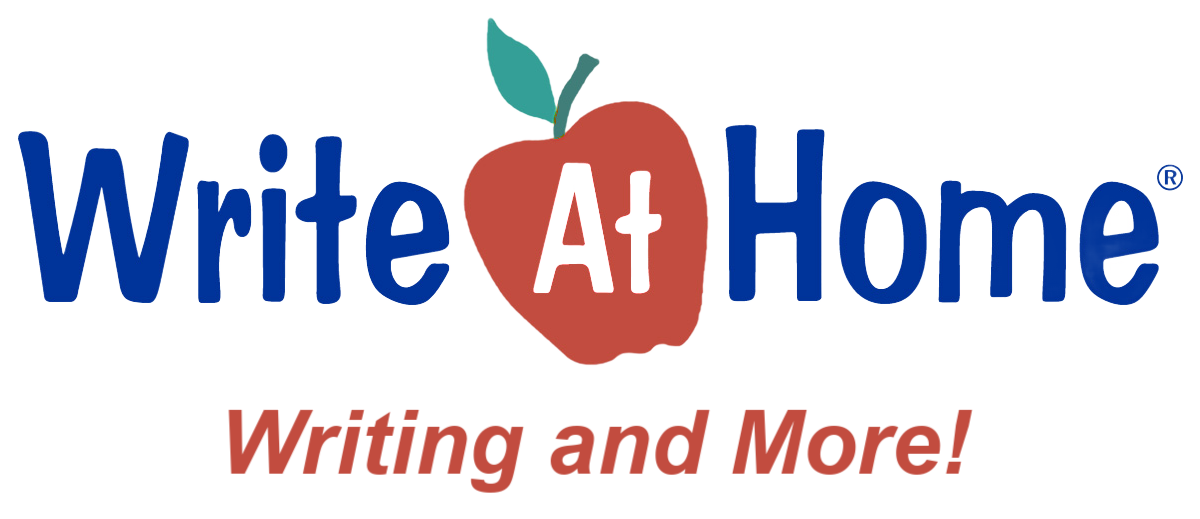Conflict
Check out this idea for a story...
A man wakes early in the morning. He showers, dresses, eats breakfast with his family, and drives his car to the office. He greets his co-workers, sits down at his desk and finishes some paperwork. He talks to several people on the phone and attends a brief meeting in the board room where important decisions are made. He has lunch at a diner with a friend. Back at the office, he reads some mail, writes some letters, and organizes his files. He leaves at 5:00, driving home through moderate rush-hour traffic. His wife and children greet him at the door. They eat dinner and talk about their day. After dinner the kids do their school work, and the man reads the newspaper while his wife cleans the kitchen. Later they watch an hour of TV together. At 10:00, the man announces that he is tired, and he and his wife go to bed. The end.
So what did you think?
Be honest: it’s the worst story you’ve ever heard.
Let’s think about why this story is so bad. It has characters. It has a plot (well, it has events anyway). So why is it so terribly boring?
The main reason is that this “story” has no conflict. Conflict is a problem that needs solving, or a struggle between two forces: a good guy against a bad guy, a character facing a difficult decision, someone striving against forces beyond his control. In the paragraph above, however, there is no struggle, no conflict to be resolved.
Think about it. Aren’t all stories about a problem that needs to be fixed or a conflict that needs to be resolved? “Solving the problem” is at the heart of every story, from children’s books and fairy tales to Pulitzer Prize winning novels and Academy Award winning movies.
Two basic kinds of conflict are possible for a story--internal and external. External conflict is between a character and some other force—another character, nature, society, even fate. When Sherlock Holmes pursues a criminal (man vs. man), or Robinson Crusoe fights to survive alone on a deserted island (man vs. nature), or an ancient king tries to avoid a terrible prophecy (man vs. fate), we see examples of external conflict.
Conflict can be less obvious, however. Often a character’s greatest enemy is himself. When a character struggles to make a difficult decision or battles conflicting desires within himself, we call that internal conflict. Frodo Baggins in The Lord of the Rings, for example, is torn between a desire to destroy the ring and a longing to possess its power. This is internal conflict.
Most stories involve a number of conflicts — usually a mix of both internal and external. In Shakespeare’s most famous play, Hamlet’s enemy is his treacherous uncle who has murdered his father, married his mother, and stolen the throne of Denmark. At the same time, Hamlet wrestles internally with how and when to take revenge. These conflicts affect his relationship with his mother, his girlfriend, and his friends. The main conflict, in other words, creates numerous smaller conflicts. Hamlet is a play, but short stories can also contain crisscrossing layers of conflict at multiple levels.
You won’t have to try hard to write a better story than the one at the beginning of the lesson. Most likely the idea of conflict comes naturally when you think of story ideas. Be sure to think carefully, however, about the number and kind of conflicts that appear in your story. Be sure that somehow all get resolved by the story’s end.

